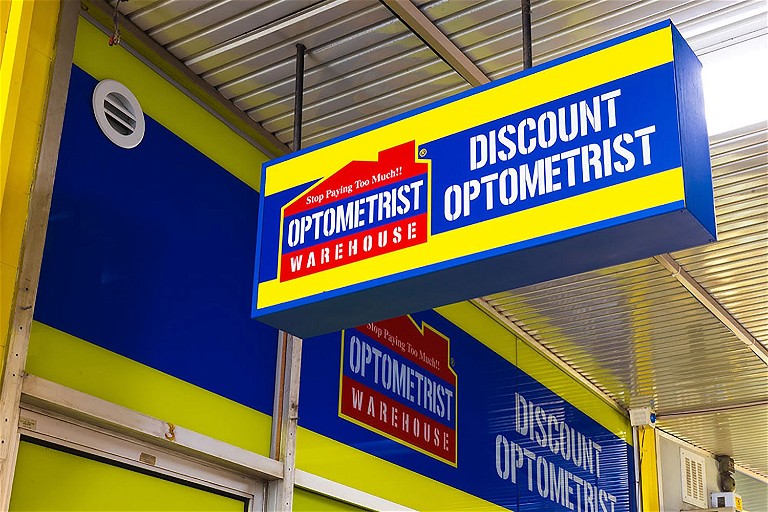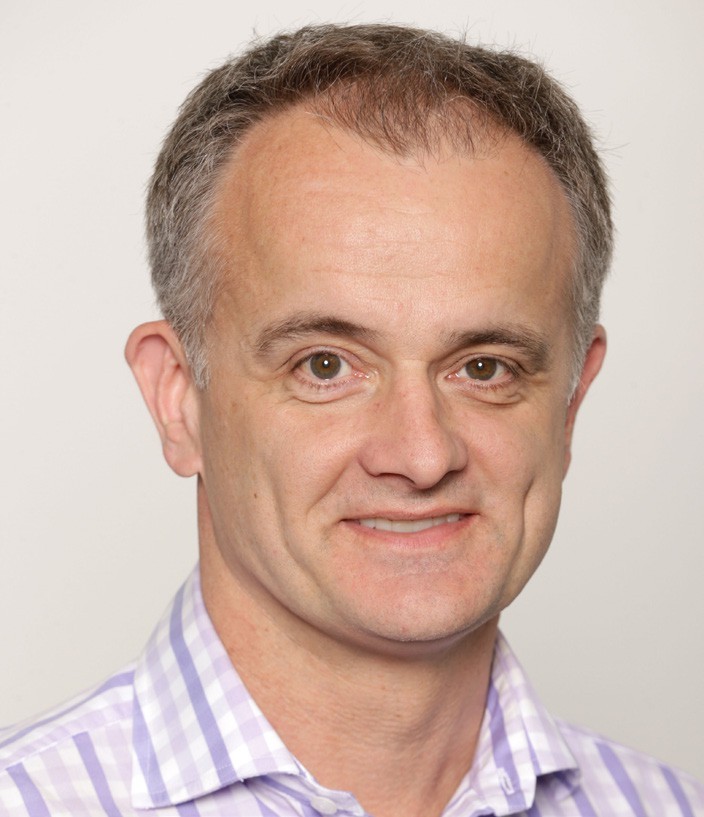Game Changer: Peter Larsen’s Optometrist Warehouse

Optometry in Australia is facing one of its biggest disruptions in recent times with the arrival of Optometrist Warehouse.
Part of the Chemist Warehouse group, Optometrist Warehouse has been spearheaded by Peter Larsen, who was integral to bringing Specsavers to Australia in 2008. Optometrist Warehouse will offer comprehensive, bulk-billed clinical eye care services complemented by budget spectacles.
Also well known for his contribution to impacting glaucoma and the establishment of KeepSight, the diabetes eye screening program, Mr Larsen said it’s his dream to drive change that makes eye care more accessible to every Australian, and the Chemist Warehouse group is an ideal way to make this happen.
“Our purpose is to improve health outcomes by connecting pharmacy with optometry and other health stakeholders,” he explained to mivision. “Our first mission is to eliminate diabetic eye disease in each community that Optometrist Warehouse operates in.
“It’s a major issue confronting Australians with diabetes and it’s a cause that I have long been passionate about,” he said.
“ If we get this right, we can change optical chains around the world ”

RIDING ON SHOULDERS
Mr Larsen was working as President of Business Development at Topcon Medical Systems in the United States when he was approached about the concept of setting up Optometrists Warehouse.
“I’d been enjoying my work at Topcon, based in New York, however I was considering where I wanted to live. I still remember the day Jack Gance (founder of Chemist Warehouse) called me. I was on the back veranda of my house on the coast. We talked about setting up an optical company with Chemist Warehouse.
“I hadn’t thought about it before. But immediately I could see the value of the scale and market share of Chemist Warehouse… I saw an opportunity to do something customer/patient-centric… to put customers at the centre and to make eye care more accessible for the Australian public.”
Chemist Warehouse counts 39% of Australian adults as customers, resulting in a significant share of the prescription market. With customers of all ages right across Australia visiting its stores every day, there is a clear opportunity for pharmacists to encourage patients to book an eye appointment, or refer any eye problems, while they are there.
“ It’s my dream to centralise the customer within the organisation, and to be part of something that can drive change ”
While pharmacy-linked optometry businesses are not new to the world, Mr Larsen contends that to date they haven’t done it well. “They don’t connect the dots. One sells glasses, and the other medication. They should be working together to deliver comprehensive eye care.”
ALL ABOUT THE EVIDENCE
Announcing the opening of its first practice in the Melbourne suburb of Malvern, Optometrist Warehouse stated that by bringing pharmacists and optometrists together, it would provide “a more complete, 360-degree approach to healthcare” with a mission to “deliver the most comprehensive health service in optometry, lead the detection of eye disease for all Australians and improve outcomes for customers”.
Bulk-billed advanced eye care services, employing hospital grade clinical technology, means patients would have “no out-of-pocket expenses whatsoever”.
To build a financially sustainable business model that offers this level of clinical service is a challenge, Mr Larsen agreed.
“It’s taken over six months to build a model that can be scaled, there’s still more to consider, and while all services are to be bulk-billed from the get-go, this too may change over time.”
He said consultations will be as long as needed to provide the required care for individual patients, and to achieve efficiencies, pre-testing will be done by trained staff.
Artificial intelligence will eventually be incorporated into care (although Mr Larsen said currently there is no perfect platform for optometry) and there will be a strong focus on clinical key performance indicators and on establishing an evidence base for approaches to diagnosis and treatment.
Optometrists’ performance won’t be measured solely on commercial numbers, but rather a “balanced scorecard” of patient-centric metrics that takes a holistic view of the increasingly complex role.
“I have always been perplexed by the global model for optometry chains which are retailers first and health providers second. It comes down to volume; selling glasses and recruitment of optometrists who demand good equipment. ‘Business people’ with little or no health care experience tend to run optometry chains.
“Patient management systems aren’t built for health, they’re built for compliance, productivity, and recruitment. This is unlike medical software which has decision support, clinical performance measurement, and is built to drive optimal health and business performance,” he noted.
PLANNED EXPANSION
Acknowledging that change is difficult, Mr Larsen said that by starting a new chain of optometry businesses, he gets “to build from the ground up” a healthcare brand that connects with pharmacy to resolve health problems.
“My aims are to align and evolve with established pathways for eye care: for effective diagnostic health services you need clinical audits that support understanding and improve outcomes. Everything needs to be measurable.
“We will attract optometrists who are enthusiastic about evolving the profession – optometrists who understand the need for benchmarking, clinical audits and the need to constantly improve; people who are customercentric, and have a good clear purpose…
“We will also need to bring the pharmacies along with us. But Jack (Gance) and I share the same vision and so Chemist Warehouse is excited to step into optometry.”
With one store underway, Mr Larsen is now looking for the next site which will be within or alongside an existing Chemist Warehouse store. He’s also considering future ownership structures to support the process of scaling up.
“It’s my dream to centralise the customer within the organisation, and to be part of something that can drive change,” he said.
“If we get this right, we can change optical chains around the world – but we need a foundation of research to provide evidence of the health outcomes we achieve”.